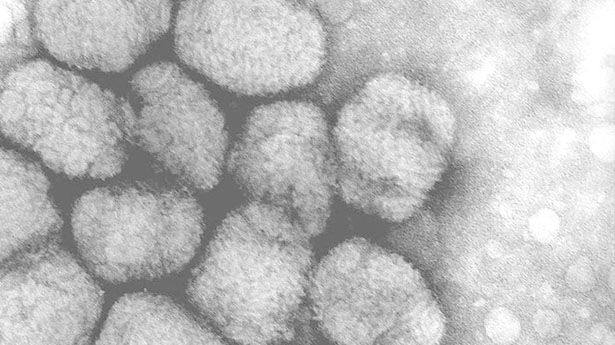OF THE
TIMES
The course of life and labour reminds me of a long journey I once took on the railway. Suddenly, there was a breakdown ahead, and passengers took the event in various ways. Some of them sat still resignedly, and never said a word. Others again, went to sleep. But some of us leaped out of that train, and ran on ahead to clear the road of all obstructions.
The people who should care, dont. Lets all move on. Unless this clearly dead equine, needs more whipping.
The Globalists in Government, will ruin more lives without anyone caring about any of it. Its over, move on to the next Globalist ruse. If people...
exercise and good diet : the best medicine
A symbolic event, perhaps ? While only "historic", it is still a stock exchange.
One could be forgiven to think ''something'' is trying to hasten people's death.
To submit an article for publication, see our Submission Guidelines
Reader comments do not necessarily reflect the views of the volunteers, editors, and directors of SOTT.net or the Quantum Future Group.
Some icons on this site were created by: Afterglow, Aha-Soft, AntialiasFactory, artdesigner.lv, Artura, DailyOverview, Everaldo, GraphicsFuel, IconFactory, Iconka, IconShock, Icons-Land, i-love-icons, KDE-look.org, Klukeart, mugenb16, Map Icons Collection, PetshopBoxStudio, VisualPharm, wbeiruti, WebIconset
Powered by PikaJS 🐁 and In·Site
Original content © 2002-2024 by Sott.net/Signs of the Times. See: FAIR USE NOTICE

Comment: According to the WHO, smallpox has been eradicated. Why then is it still necessary to preserve samples in two labs in the US and Russia? The truth is, it hasn't been eradicated, and still infects people today. There is a growing suspicion that smallpox has been labeled "eradicated" to be able to terminate the smallpox vaccination programs, because it became clear that vaccinating against smallpox was not only ineffective, but increased fatality rates compared to the un-vaccinated. Notwithstanding the fact that smallpox is still in the wild - under different names like monkeypox, but indistinguishable from smallpox - WHO declared smallpox eradicated, possibly to escape litigation, while preserving the vaccine paradigm.
The only effect of vaccines that has consistently been shown is immunosuppression.
For more information on this topic, please read:
Smallpox was declared eradicated, yet still infects humans today.